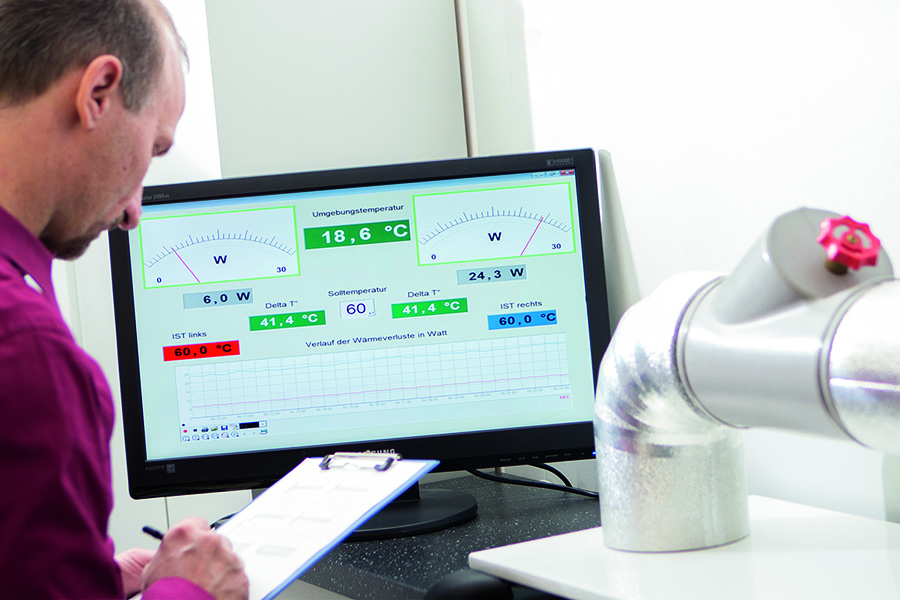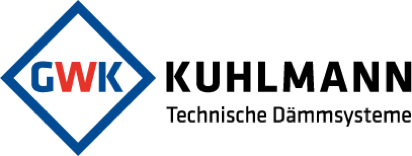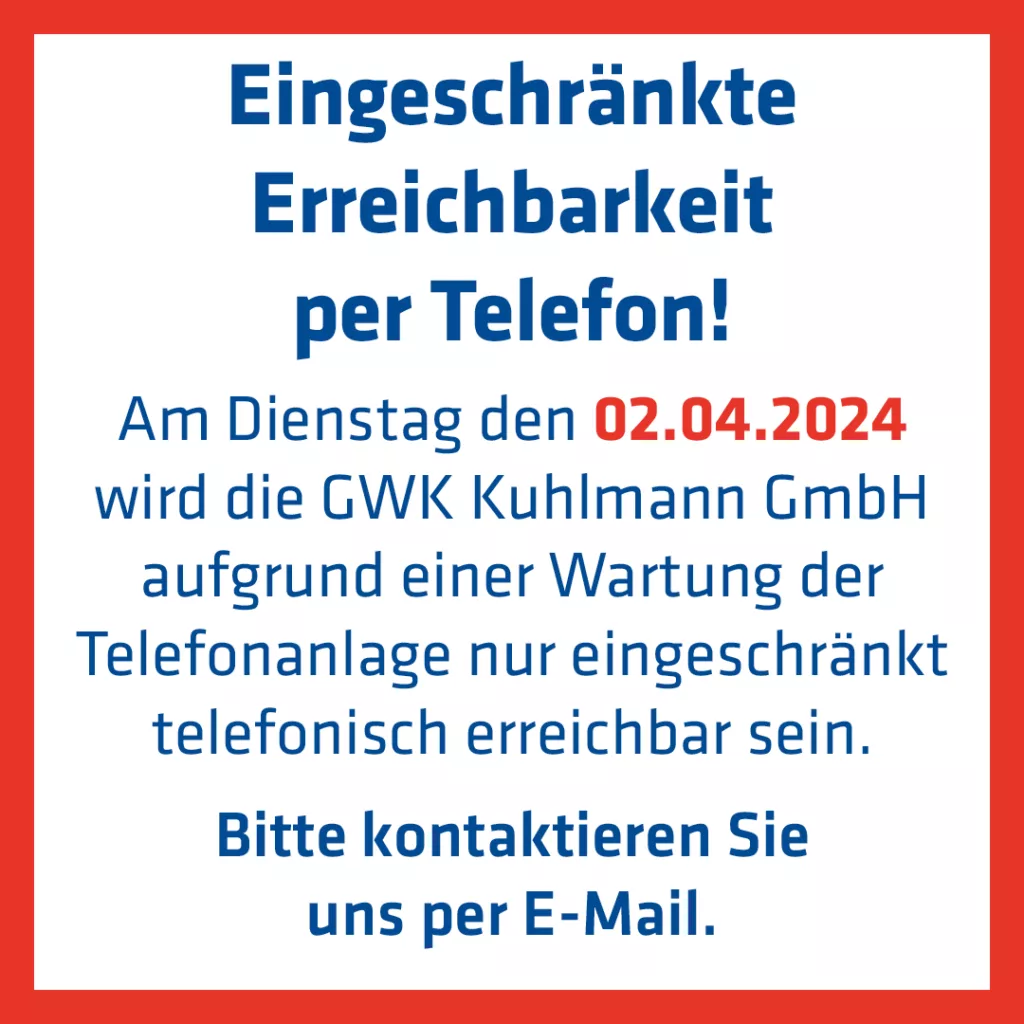Test facility Heat loss

How efficient is the insulation of a fitting?
The thermal insulation of fittings is not only required by law under the EnEV, but is also a way to save a lot of money and protect the environment at the same time. The requirements for such insulation vary greatly: Whether the focus is on simple planning and calculation in advance based on drawings, simple procurement and installation of the insulation material to save time or the energy-saving value: Basically, valve insulation should be easy to install, not make access to the fittings and valves difficult for maintenance and repair purposes and guarantee permanent insulation.
But how do you calculate the efficiency of fitting insulation?
The temperature of the flowing medium in relation to the outside temperature is the first factor to come into play here. The installation situation and the surface material also influence the radiation. For example, an unlacquered brass fitting radiates more heat than a lacquered steel fitting.
Another point is the design of the fitting, which is known to be very diverse. The shape has an effect on the size of the surface. The larger the surface area, the more heat is emitted.
However, the design must also be considered with regard to convection. The energy released is transported, i.e. distributed, within the available space by the movement of the molecules. In addition, the flow turbulence in the fitting ensures additional energy dissipation.
Due to these different parameters, it is not really possible to use a simple formula for calculating efficiency.
Measuring instead of calculating
For this reason, GWK Kuhlmann has developed a measuring method to measure the difference between an insulated and an uninsulated fitting. The specially developed measuring device takes the above-mentioned parameters into account and makes it possible to measure the energy-saving potential of valve insulation.
One measurement result: At a temperature difference of 55°K (between the surface of the fitting and the room temperature), an unpainted DN50 socket angle seat fitting loses up to 47 watts.

